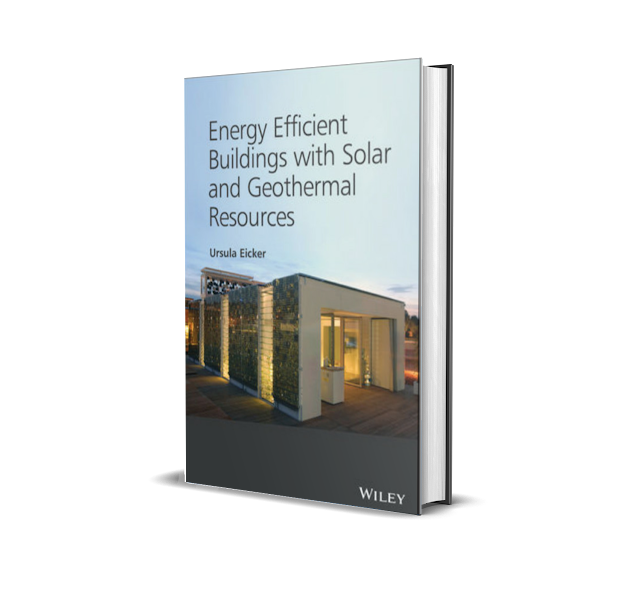Download Energy Efficient Buildings with Solar and Geothermal Resources Easily In PDF Format For Free.
PREFACE:
One of the world’s major challenges is the transformation of its energy system, which for a short period in human history has been based on fossil fuels. These resources are approaching their end and create serious environmental damages by emissions and long-term waste issues.
Renewable energy sources have always been available on Earth and can easily cover the planet´s energy demand. New technologies in solar cell and wind turbine manufacturing, innovative materials and efficiency strategies support the transition to environmentally friendly energy systems. Especially in urban areas, buildings are major energy consumers.
All together they account for about 40% of final energy consumption worldwide and are responsible for about one third of overall CO2 emissions. In urban structures, building energy consumption is typically twice as high as the need for transport energy, and the energy-saving potential is large. Up to 20% can be saved in the short term and within the next decades buildings should become climate neutral. In urban areas, solar technologies are the most suitable energy sources, as solar modules and collectors can be easily integrated into buildings.
In denser urban structures, often the individual roof and facade surface areas are not efficient to make each building zero energy. Here new concepts are required for the design of local supply systems in city quarters with adequate distribution networks and storage capacities.
Planners, engineers and researchers need fundamental knowledge to deal with actuating renewable energy sources, to design adequate storage systems and to integrate the energy systems in highly efficient buildings. To achieve efficiency goals, buildings need to use passive and lowenergy resources such as solar gains, daylight, natural ventilation or geothermal heat exchange as intelligently as possible.
This new textbook on energy efficient buildings with solar and geothermal resources provides detailed insight into the design and physics of energy efficient buildings. It discusses the theoretical background of solar thermal cooling and heating, of photovoltaics and geothermal energy, and provides information on applications and costs.
Many examples help to apply the theory to real praxis applications. The reader as an engineer, physicist, energy planner, researcher, student or informed layman will profit from the textbook by acquiring in-depth knowledge of today´s new energy systems and building concepts.









Comments
Post a Comment